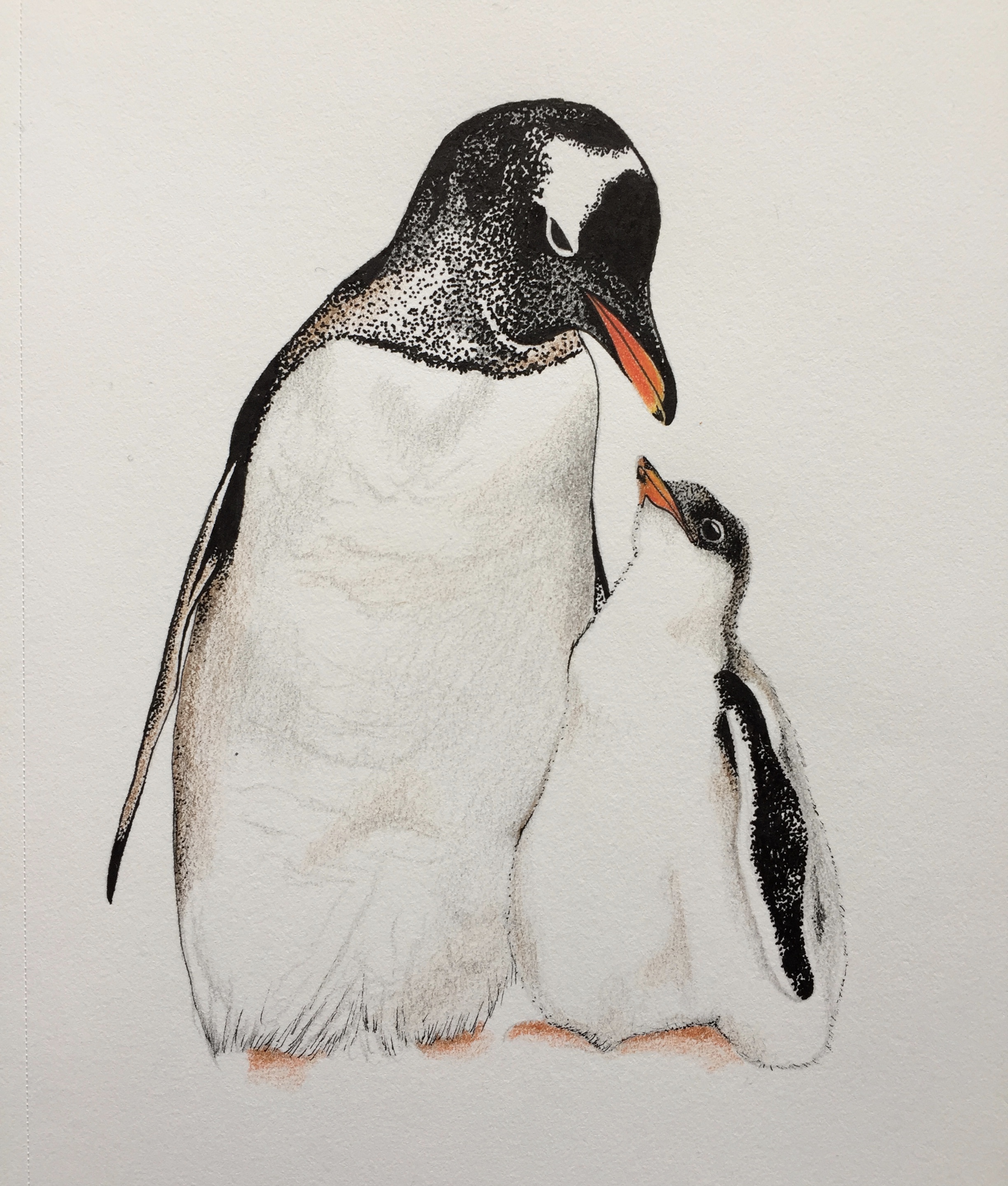By Olivia Townsend
Today's post was provided by San Jose State student Olivia Townsend. Olivia is currently attending Moss Landing as an auxiliary student in MS 211: Ecology of Marine Mammals, Birds and Turtles. Lucky for us (!), she is also an amazing artist, and in keeping with our mission of interdisciplinary collaboration she has written this piece about scientific illustration and its role in supplementing traditional scientific observations.

Art and science. Conventional thought places these two fields on opposite ends of the spectrum and some people still polarize them today. Science is data-driven and technical, while art is expressive and compelled by emotion. In fact, the process that happens in the laboratory is very similar to what happens in the studio. Both scientists and artists are investigators—they ask the big questions, scrutinize over detail, and strive to convey information and ideas. Moreover, art and science have a profound and historically rooted connection in which one undoubtedly cannot exist without the other.

Many people identify themselves with one of these fields, but there are some who have a hand in both, such as myself. As an artist and a scientist, I cannot imagine approaching one without the other or keeping those aspects of my life separate. For me, art is a means of understanding how the natural world works and an outlet for scientific expression. When I am in the field, my notes consist equally of drawings as they do written descriptions, sometimes even more so. When I encounter or learn about an interesting organism, I am instantly inspired and will often try to illustrate it as soon as I can (For instance, the northern elephant seal pup I drew immediately after my first field experience with seals as a student in MS 211: Ecology of Marine Mammals, Birds and Turtles). Drawing leads me to look more closely and create a lasting reference. Charles Darwin did this, as did John James Audubon. By meticulously drawing the wing feathers of an albatross, the petals of an iris, or the rostrum of a dolphin, I also learn more about structure, function, and the ecology of that species. In this way, being an artist actually makes me a better scientist.

Whether it is classical illustration, photography, or digital and graphic work, art is a crucial tool for communicating science and expanding the appreciation of the natural world. We are in a time when our environment is rapidly changing—the oceans are rising and warming, species’ ranges are shifting, and biodiversity is falling. Current scientific research needs to reach the masses, especially those who are in positions to make conservation and management decisions. Art is a universal language with the power to take scientific findings and make them tangible. They may have different approaches to creativity and exploration, but art and science work together to open up new ways of seeing and interpreting the world around us.

